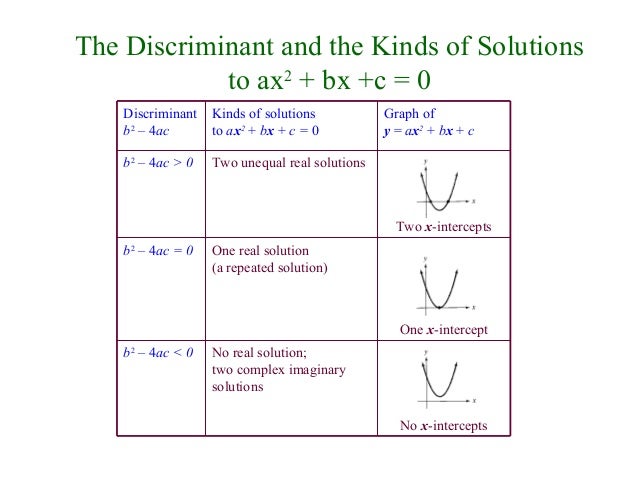This week in Precalc 11 I learned about adding, subtracting, multiplying, and dividing rational expressions.
For all of these, the main point is to find a common denominator, which can be found by either multiplying the denominators together or finding their lowest common factor.
For multiplication, it’s the most straight forward. You just multiply the terms in the numerator normally.
When it comes to division, you’ll need to flip the second fraction so it can be multiplied instead, and continue like you would with multiplication.
With addition, after finding a common denominator, you add up the numerator as you normally would with common terms.
Finally, with subtraction, once you’ve gotten your common denominator you subtract the common terms like normal.
For any of these, simplify when possible.










